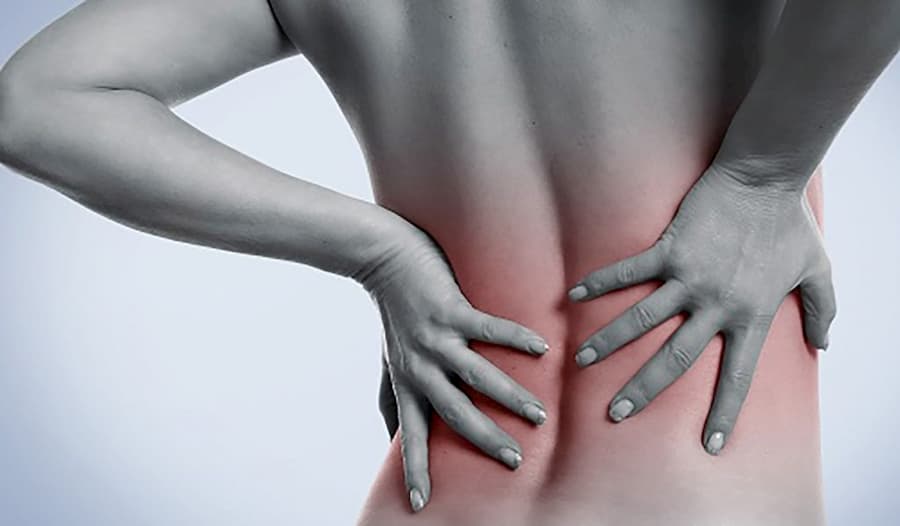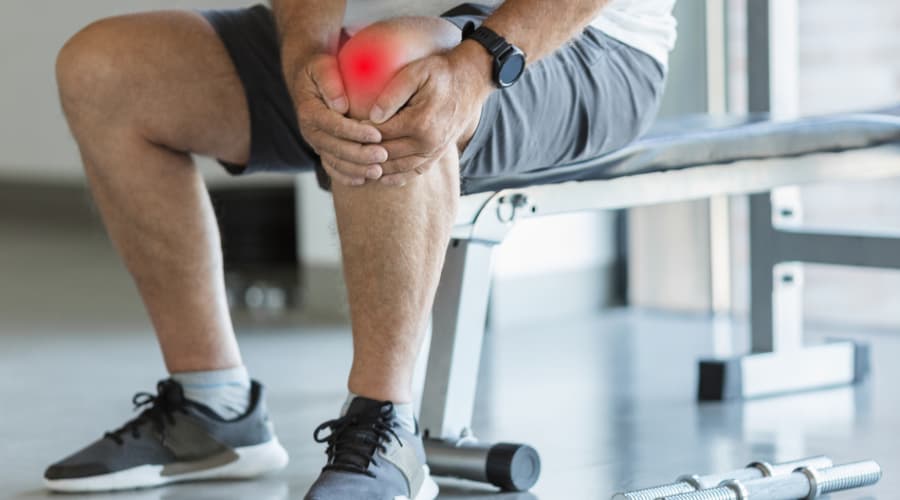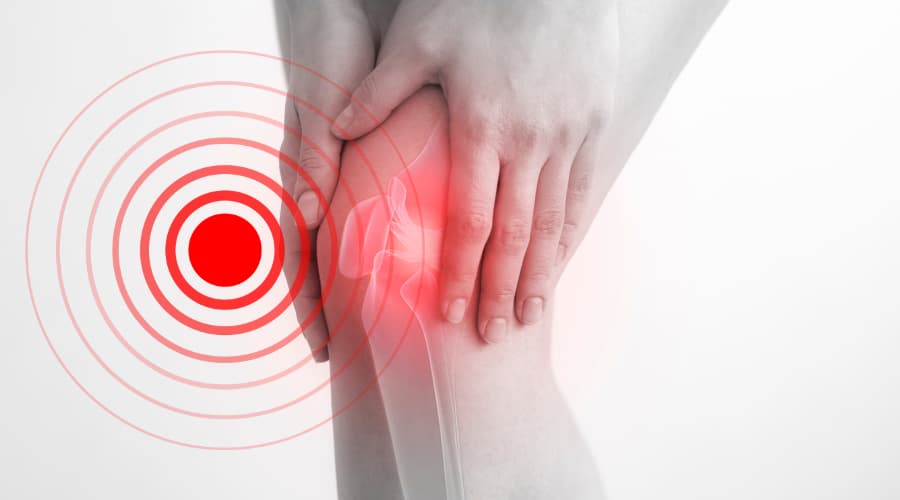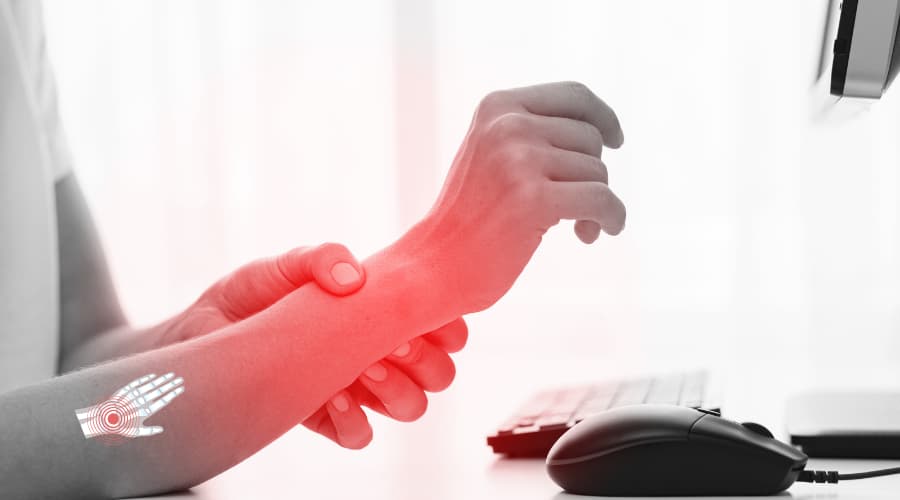As a keen runner you are probably already deep into your winter training. Mother nature has been reasonably kind so far this winter, just a few days of a cold snap so your training shouldn’t have been interrupted too much. But what about those who took running up for the New Year? Following that first rush of enthusiasm, about now is when training starts to tail off if you’re not enjoying it. Even worse, what if you’re now experiencing some discomfort or pain?
Knee pain is particularly common in runners and top of the list of potential conditions is Runner’s knee.
Runners knee (aka patellofemoral pain syndrome) has conventionally been blamed on a tracking problem. Tracking is how your knee cap (patella bone) moves through the groove present in one of the bones (the femur) of the knee joint. Pain is most significant when walking either upstairs, or more commonly downhill. Previously this was thought to be because the patella is compressing against the bone underneath, causing pain, and there is more compression during these movements. Some gym exercises are also especially painful, like lunges, deep squats or step-ups.
However more recent research has shown that tracking of the patella differs significantly between individuals and only some people will experience any knee pain. On the flip side, many of those in the study who did have runners knee didn’t have a significant tracking problem. This is why attempts to address any tracking problem, with strength training targeting the vastus medialis (that’s the muscle at the front of your thigh, towards the inside), rarely solves the problem. And sadly, often runners will end up giving up running because any pain relief is short-lived.
So what is going on? Quite often the problem is related to an imbalance somewhere further up the body (in the pelvis) or below the knee, in the ankle. Weak glute muscles (glute medius) or tight hip flexors can cause the leg to roll in towards the midline of the body. Think of ‘knocked-knees’ and you’ve got an exaggerated form of this posture. This can lead to pain on the inside but maybe also the front of the knee. Issues around the ankle joint can cause a similar problem.
Treatment for Runners Knee
In the early stages, R.I.C.E. (rest, ice, compression, elevation) of the knee can help. Pain medications may also prove beneficial as does avoiding the movements that cause you the most pain. However, once the pain has calmed down, a strengthening and stretching programme can begin.
First off, an assessment of your posture and movement is key to determine where the issue is truly coming from (a few individuals will have a real tracking problem or even damage to the patella cartilage). Chiropractors, clinical massage therapists, as well as suitably trained personal trainers or physiotherapists, can help with this and develop a routine to address any imbalances.
Knee pain may also affect how you move, and any change, however slight, in your movement patterns can lead to the development of trigger points in compensating muscles around the knee. So have these treated too. But it’s not all plain sailing. Undoing months or usually years of poor movement takes time and effort…and it’s easy to slip back into those bad habits.
The full recipe for a pain-free knee:
1. Seek professional help from a chiropractor, massage therapist, physiotherapist or similarly-trained physical therapist. Address the trigger points, do the recommended stretching.
2. Address the imbalances in the muscles. Build up the ones you have probably subconsciously avoided using due to pain. Sometimes these muscles need reactivation – they need to be reminded of their job. Again, a professional movement coach, personal trainer or physiotherapist can help.
But wait, it’s a moving picture. What helped you at the start of your rehab may no longer be appropriate so have a few sessions over time with someone who knows your body and continues to progress your training.
3. Look at your gait; maybe see a running coach or a podiatrist who specialises in running. But make sure you get checked out running in the environment you want to keep running in. So don’t be assessed on a treadmill only if you mainly run out of doors.
Correct footwear, warming up properly, good nutrition and enough rest should be part of anyone’s training – but are especially important when rehabbing from a sports injury. Just don’t forget the basics. And hopefully we’ll see you striding out pain-free well before Spring arrives.
Related Articles
- How Chiropractors Treat an ACL Tear
- There Are Many Reasons for Knee Pain
- How To Kick Away Typical Football Injuries
- Housemaids Knee: Symptoms & Treatment
- Knee Pain FAQs




